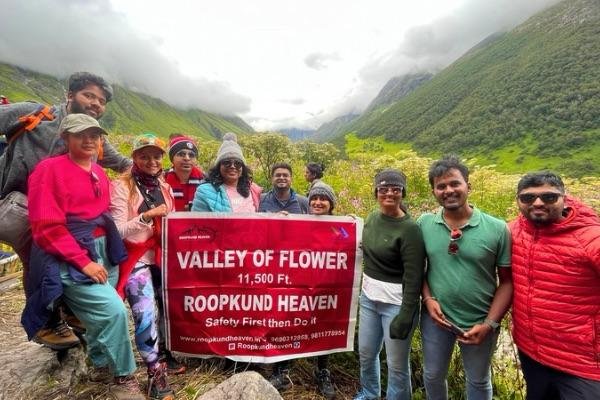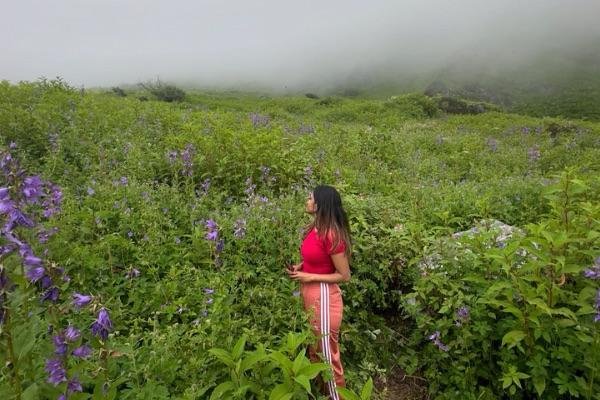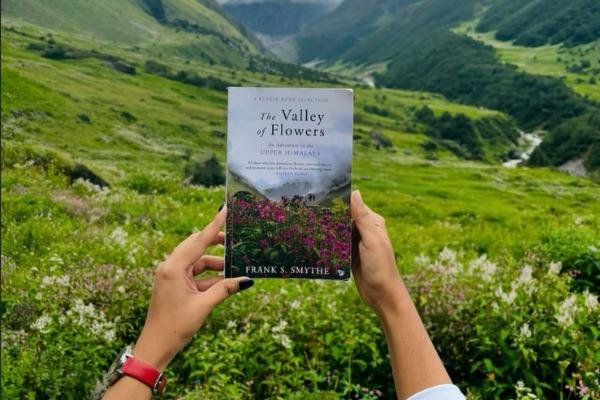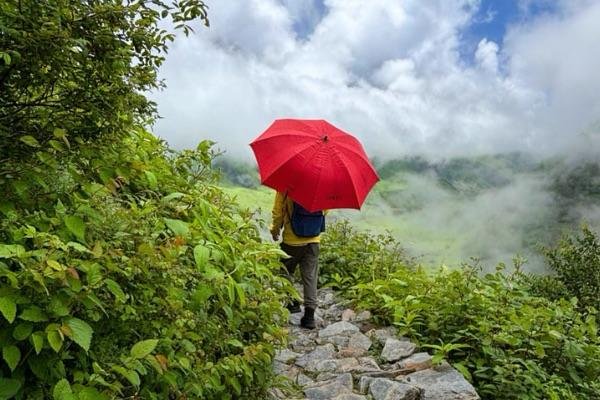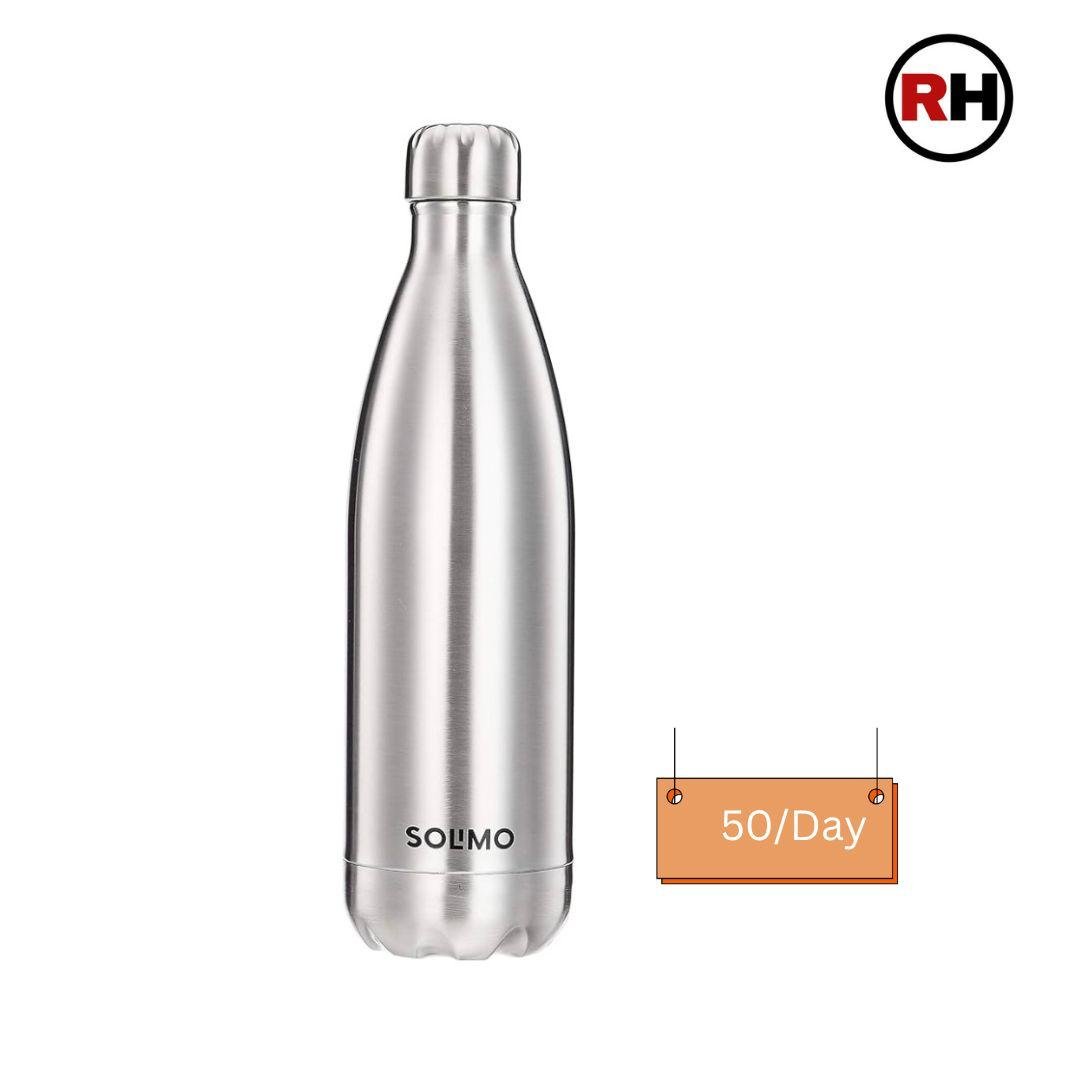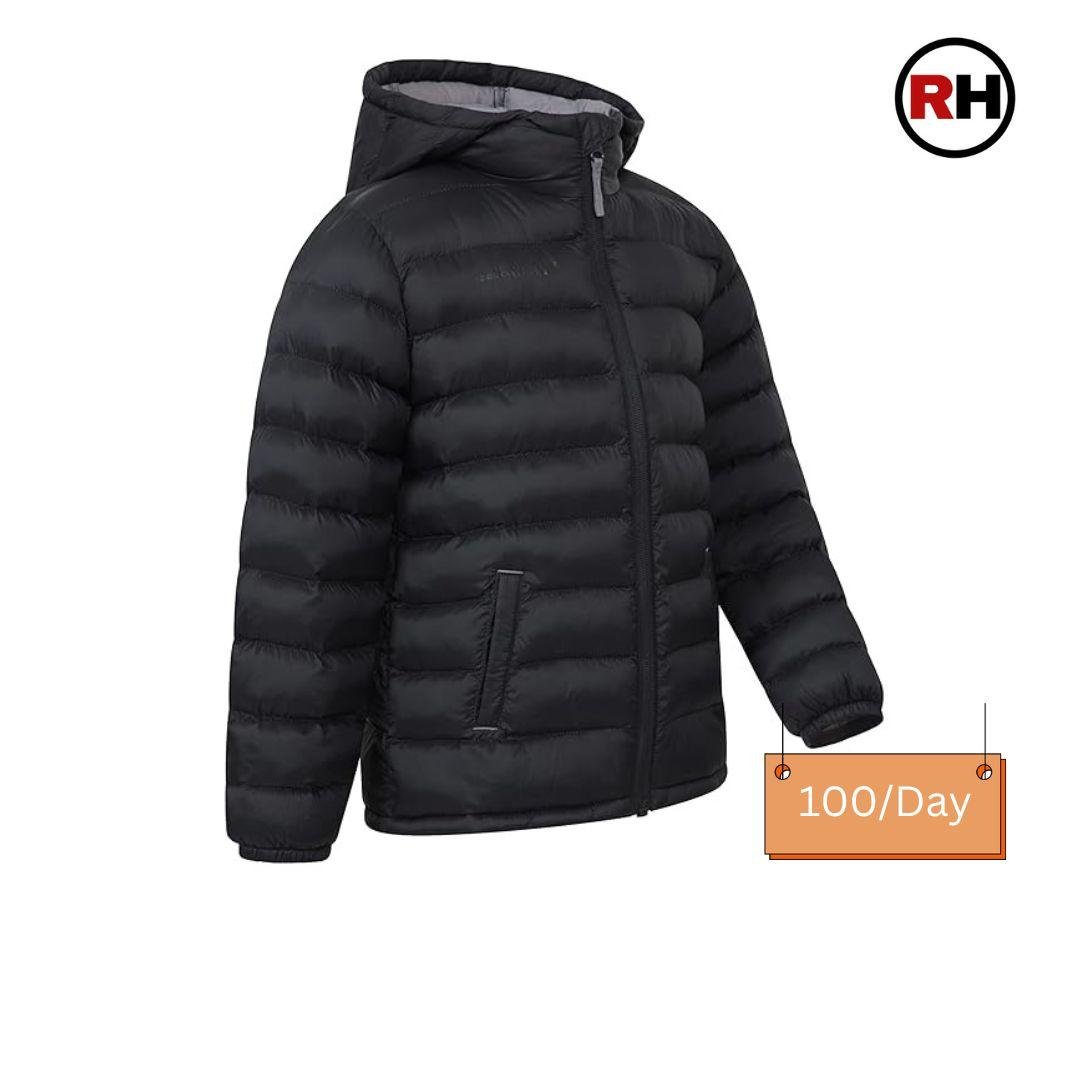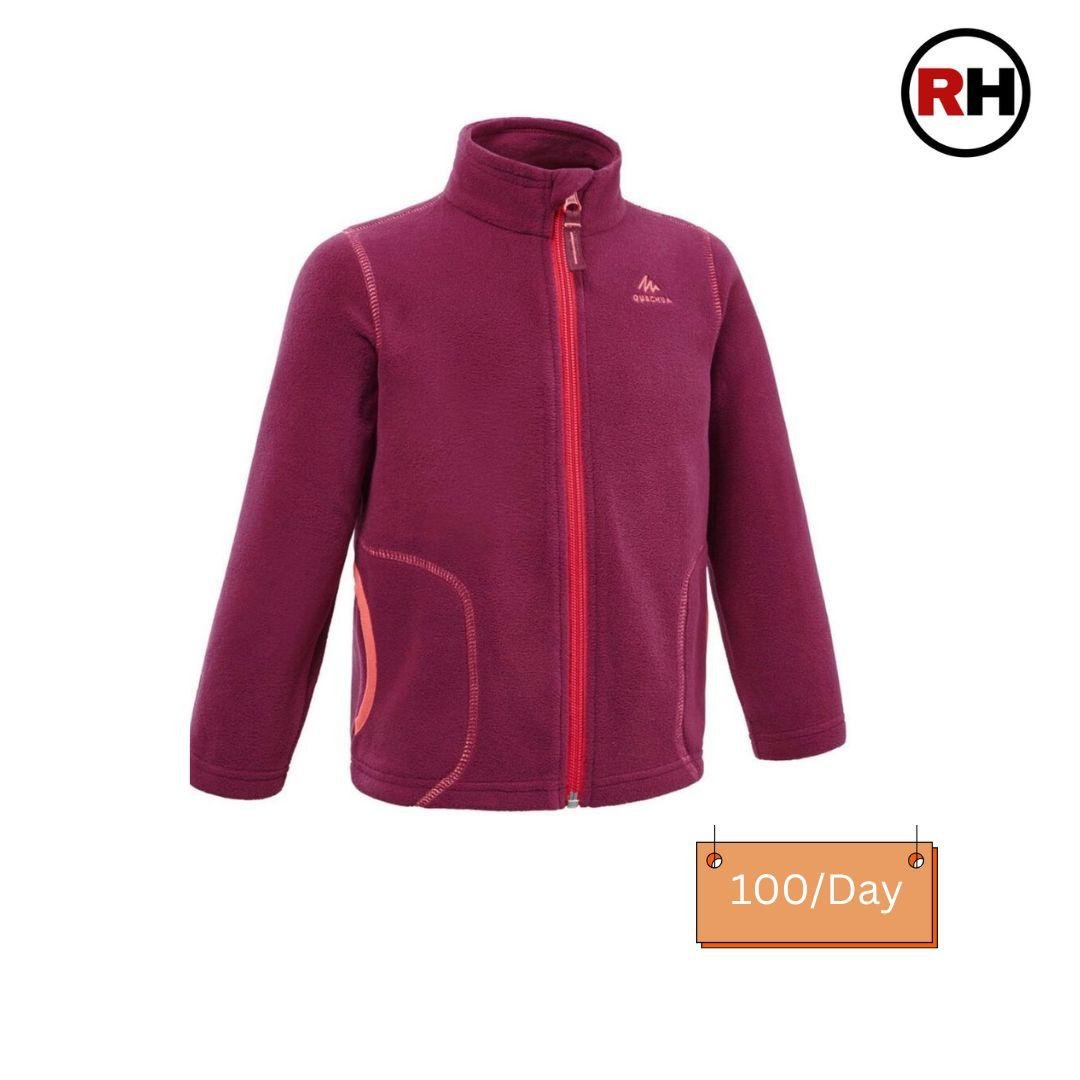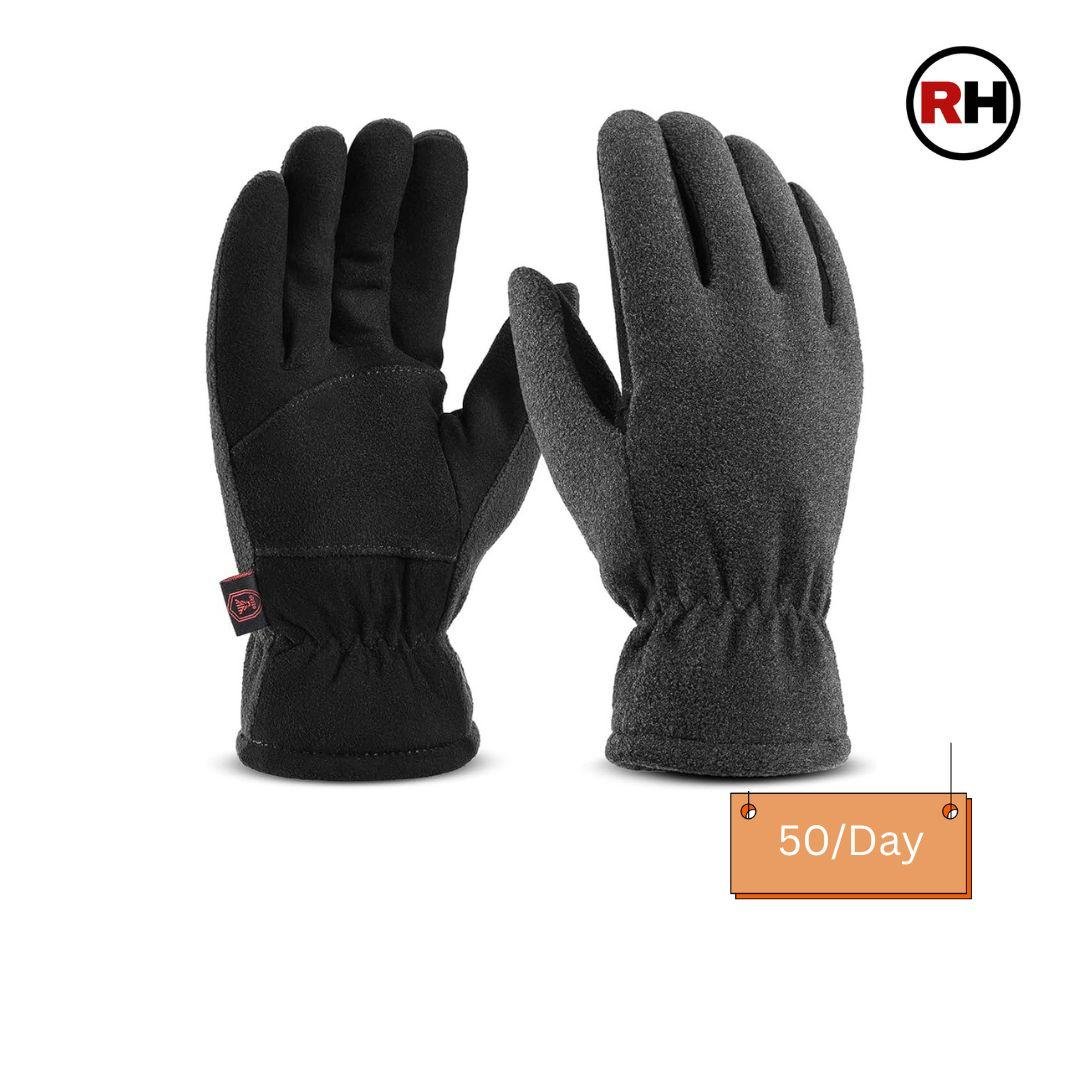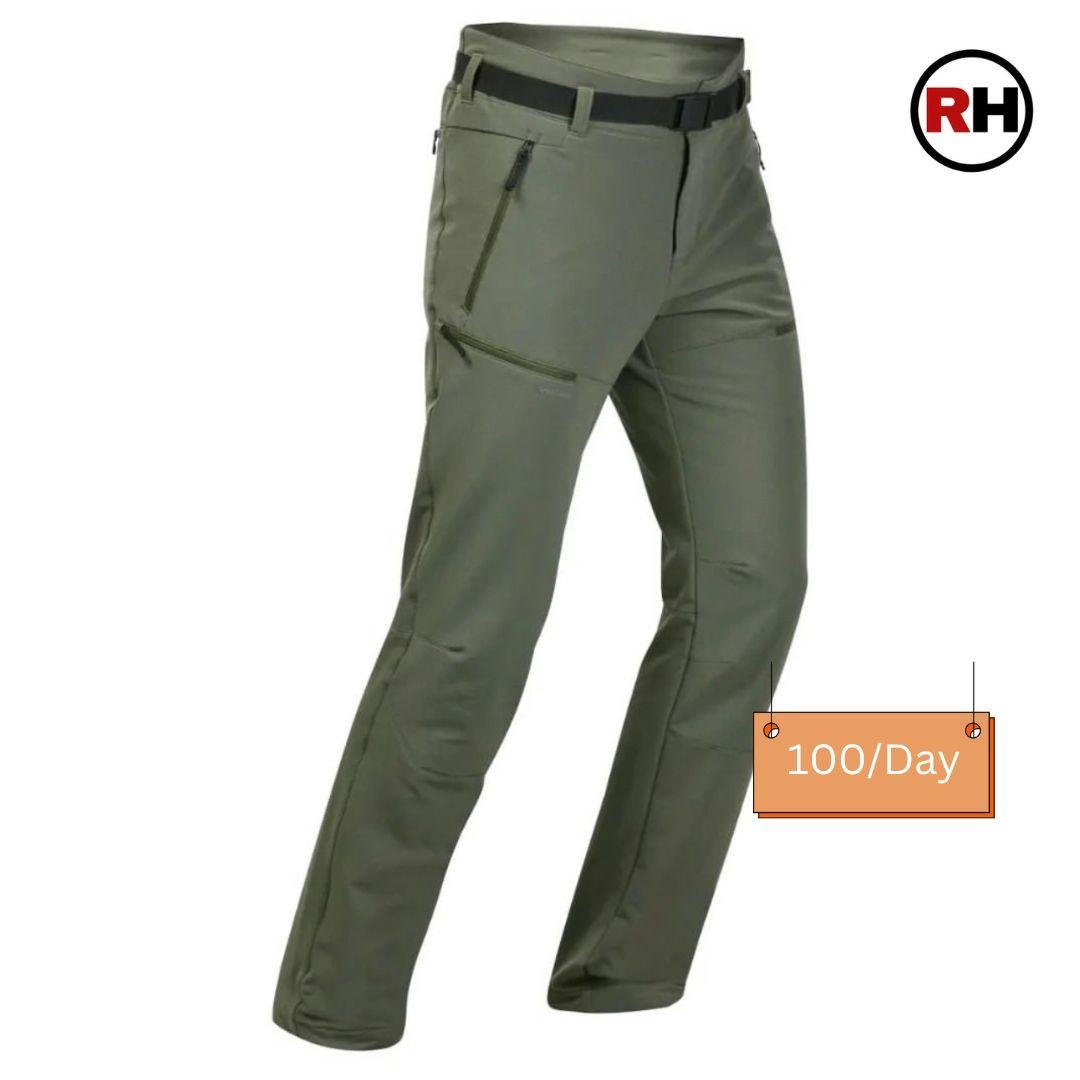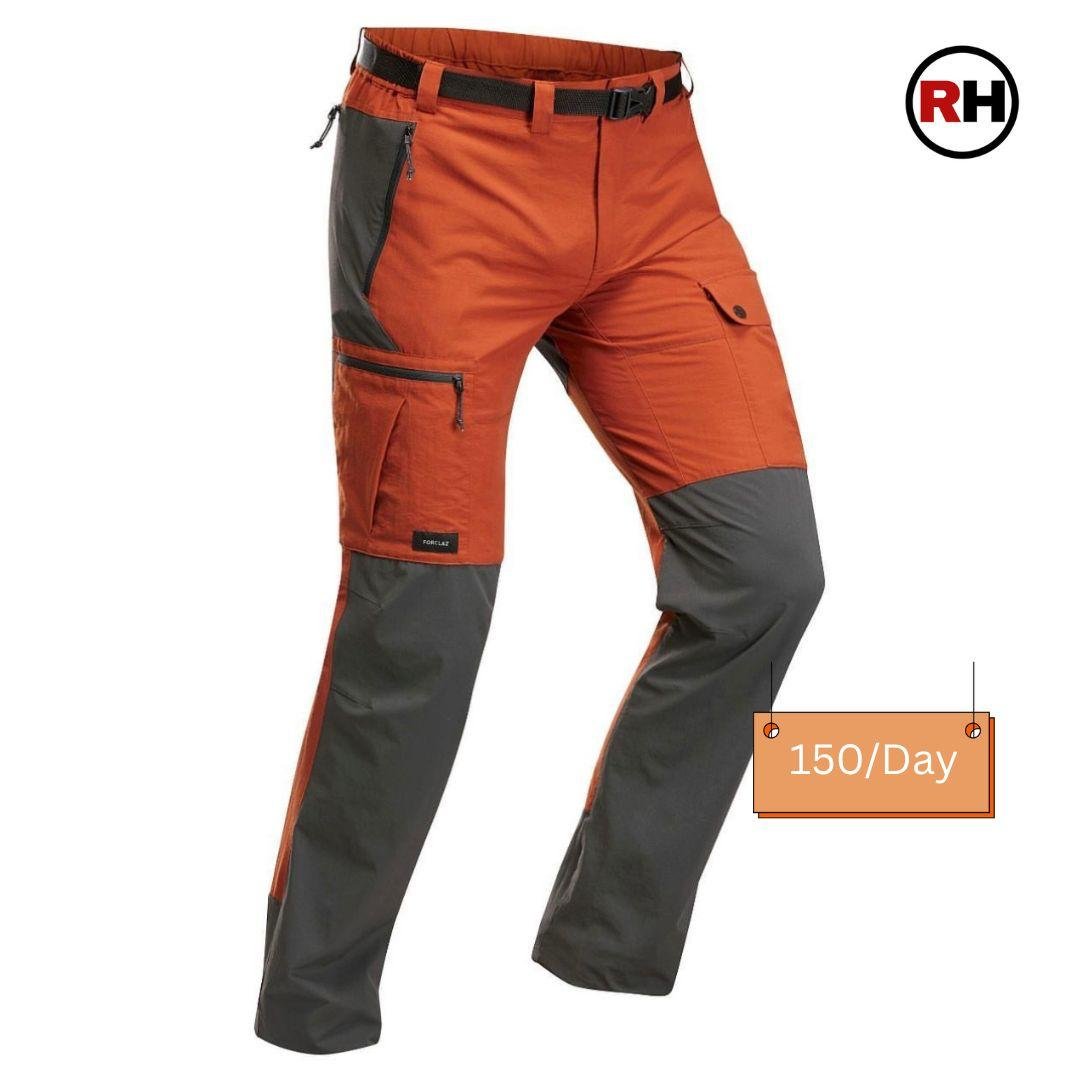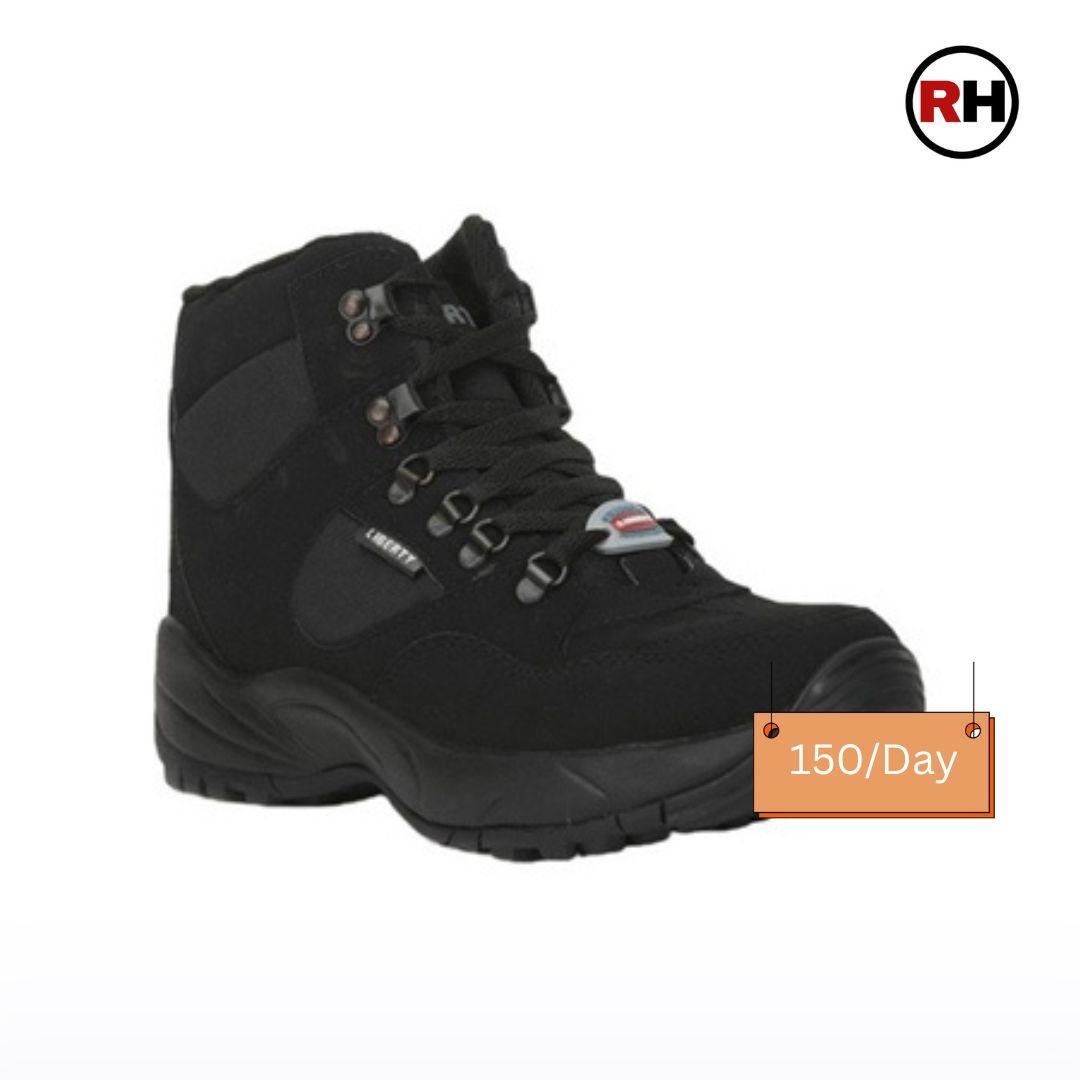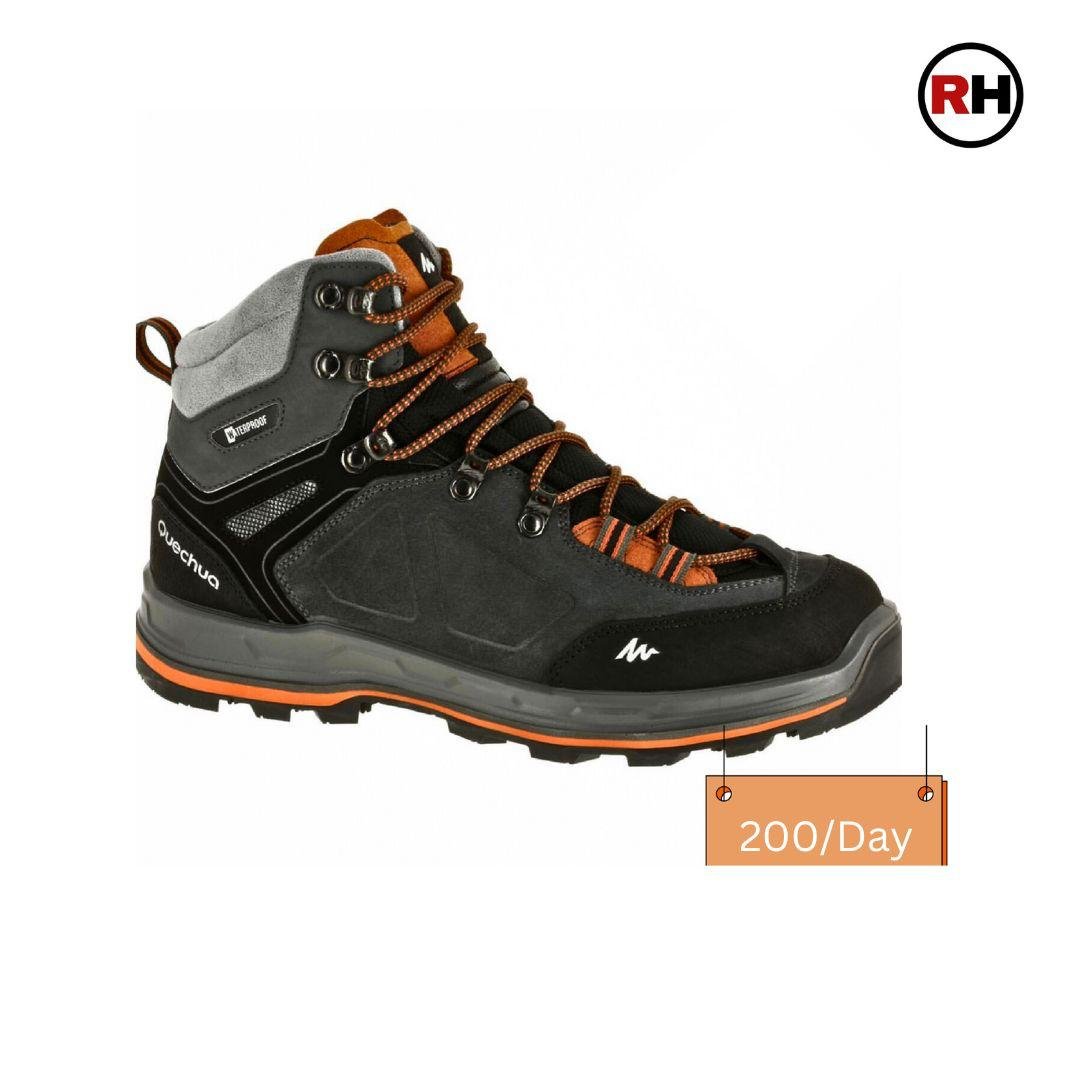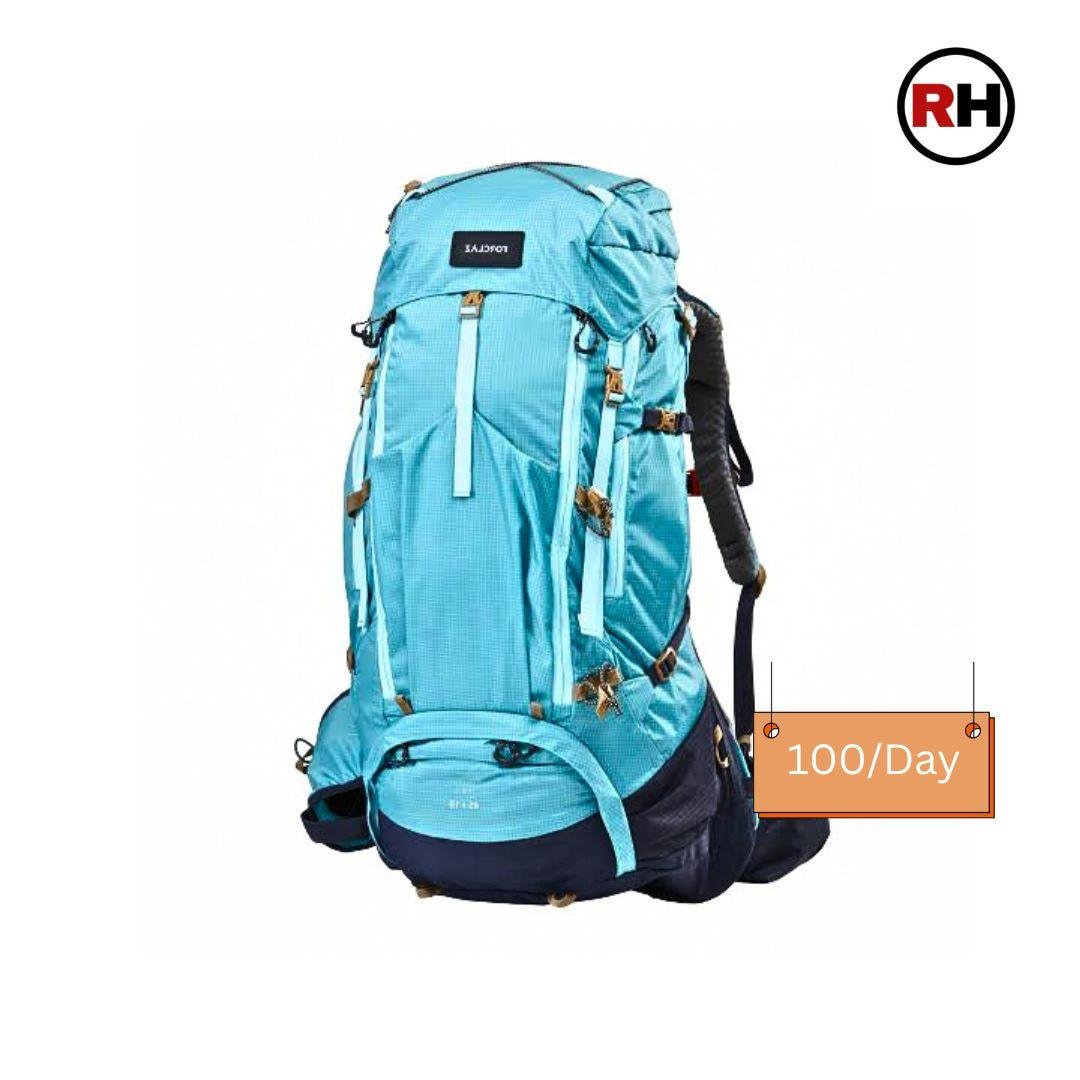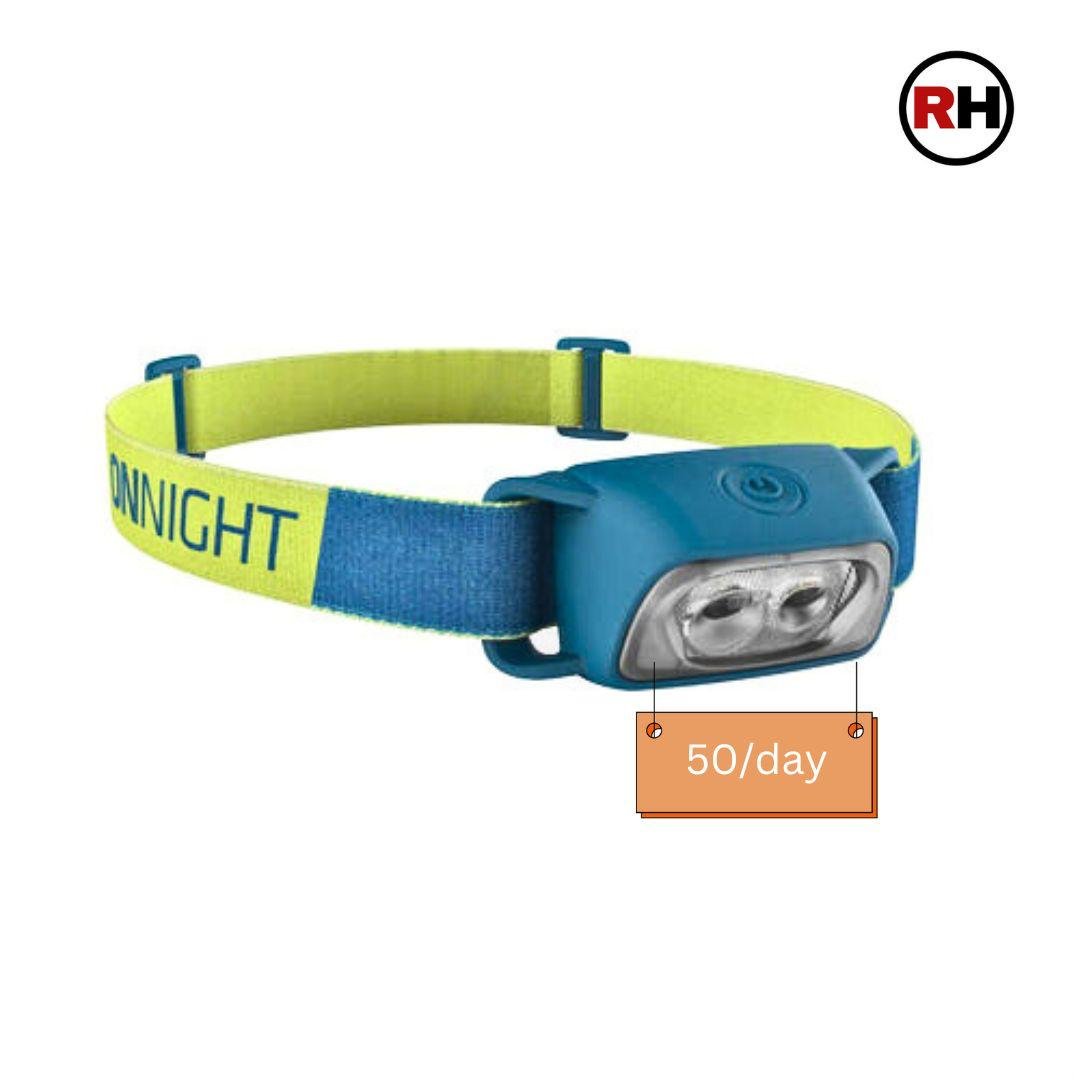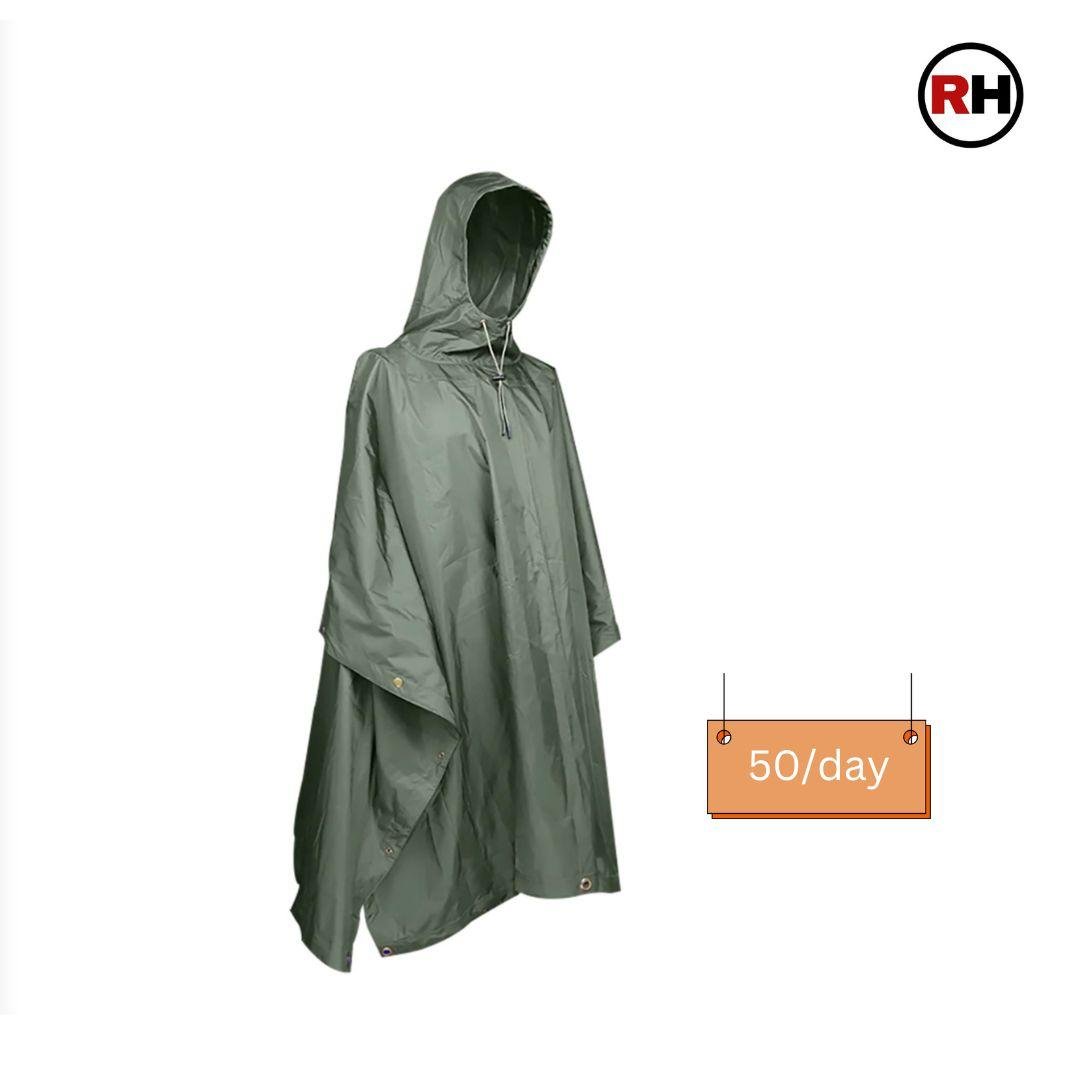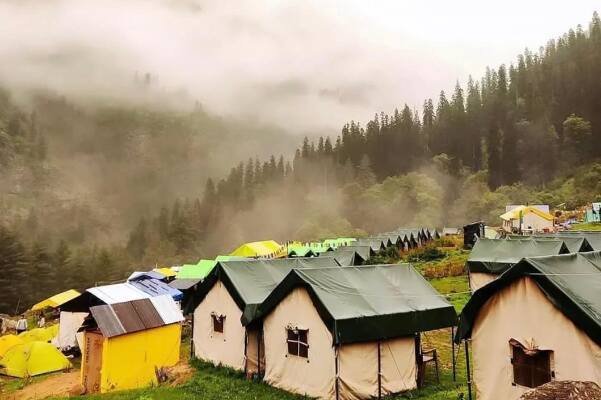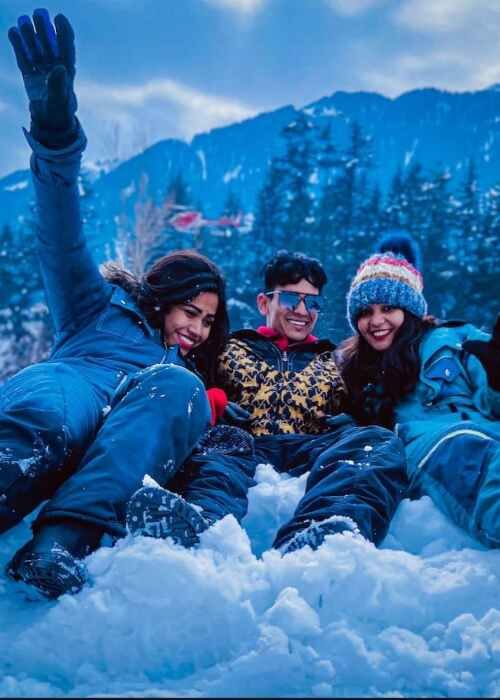Nag Tibba Trek
Join us for a beautiful Journey to the mountains
Trek Grade
Easy to Moderate
Highest Altitute
9,914 Ft./3022 m
Best season
Nov to March
Trek Duration
1 Night | 2 Days
Trekking Km
16 Km
Stays
camp
transport
Dehradun
trek region
Uttarakhand
Base camp
Pantwari
Meals
veg meal
Trek Grade
Easy to Moderate
Highest Altitute
9,914 Ft./3022 m
Trek Duration
1 Night | 2 Days
Base camp
Pantwari
Meals
veg meal
Stays
camp
transport
Dehradun
trek region
Uttarakhand
Trekking Km
16 Km
Trek Grade
Easy to Moderate
Highest Altitute
15,000 feet
Base camp
Rishikesh
Trek Duration
3D | 2N
Stays
Meals
transport
activities
How to Reach
Trek Grade
Trek Grade
Trek Grade
Trek Grade
Trek Grade
Overview
The Nag Tibba trek is a popular trekking route located in the Indian state of Uttarakhand, specifically in the Garhwal Himalayas. It’s often referred to as the “Serpent’s Peak” and is one of the best weekend treks for those seeking a quick adventure in the mountains. Nag Tibba is situated near Mussoorie, approx 55 kms from the town of Mussoorie and 85 kms from Dehradun, making it easily accessible from both cities.
At an elevation of approximately 3,022 meters (9,915 feet) above sea level, the summit of Nag Tibba presents awe-inspiring panoramic vistas of the majestic snow-capped peaks of the Himalayas. The trek offers diverse landscapes, including dense forests, meadows adorned with wildflowers, and breathtaking views of the Himalayan peaks such as Swargarohini, Bandarpoonch, Gangotri, and Kedarnath.
Overall, the Nag Tibba trek offers a perfect blend of adventure, natural beauty, and tranquility, making it a must-visit destination for trekking enthusiasts and nature lovers alike.
Trek Highlights
Spectacular Views
- Nag Tibba offers breathtaking panoramic views of the snow-capped peaks of the Garhwal Himalayas, including Swargarohini, Bandarpoonch, Gangotri, and Kedarnath. The summit provides a 360-degree view of the surrounding mountains and valleys, making it a photographer’s paradise.
Sunrise and Sunset
- Trekkers can witness mesmerizing sunrise and sunset views from the summit of Nag Tibba, painting the sky in vibrant hues of orange, pink, and purple. The play of light and shadows on the mountains creates a magical atmosphere that is truly unforgettable.
Rich Flora and Fauna
- The trek takes you through dense forests of oak, rhododendron, and deodar trees, home to a diverse range of flora and fauna. Keep an eye out for Himalayan birds such as Monal, Khalij pheasant, and Himalayan griffon vultures, as well as wildlife like barking deer, wild boar, and Himalayan black bear (though sightings are rare).
Camping Experience
- Spending a night under the starlit sky at one of the camping sites along the trail is a highlight of the Nag Tibba trek. The serene wilderness, accompanied by the crackling of campfires and the distant calls of nocturnal animals, offers a truly immersive experience in nature.
Cultural Experience
- Along the trekking route, you’ll encounter remote villages inhabited by the indigenous Garhwali people, who have a rich cultural heritage and a warm hospitality. Interacting with the locals and learning about their way of life adds a cultural dimension to the trekking experience.
Adventure and Solitude:
- While Nag Tibba is a popular trekking destination, it still offers a sense of solitude and adventure, especially if you choose to explore off the beaten path. The serene surroundings, coupled with the sense of achievement upon reaching the summit, make it a rewarding adventure for trekkers of all levels.
Trekking Itinerary
Daily Hiking Schedule Of Nag Tibba trek
Day 1 Drive from Dehradun to Panthwari. Trek to NT base camp
( drive 80 km 4-5 hrs approx), ( Trek 4 km 2-3 hrs approx)
Drive from Dehradun to Panthwari. Trek to NT base camp
( drive 80 km 4-5 hrs approx), ( Trek 4 km 2-3 hrs approx)- Stay: Overnight stay in tents
- Meal: lunch ,Tea snacks, Dinner.
- Altitude: Panthwari (4640 ft)
- Distance: By road 80 km and 4 km trek
- Time Taken: By Trek 2-3 hrs approx., By Road 4-5 hr
- Trek Grade: Easy
Day 2 Trek from NT base camp to Nag Tibba Top. Descend to Pantwari and drive to Dehradun
( Drive 80 km 4-5 hrs approx), ( 10 km trek both sisde, 3-4 hrs approx)
Trek from NT base camp to Nag Tibba Top. Descend to Pantwari and drive to Dehradun
( Drive 80 km 4-5 hrs approx), ( 10 km trek both sisde, 3-4 hrs approx)- Meal: breakfast, packed lunch.
- Altitude: Nag tibba (3022m)
- Distance: 10 km Trek
- Time Taken: By road 3-4 hrs approx
- Trek Grade: Gradual
- Stay is included on the trek (from Pantwari-Pantwari). You will be staying in a sharing basis.
- Transport charges from Dehraudn to Pantwari and return.
- All meals from lunch at Pantwari on Day 1 and to lunch on 2 day are included. Meals are simple, nutritious and vegetarian.
- First aid medical kits, oxygen cylinder and stretcher.
- All fuel charges, toll taxes and needed forest entry fees along with permits.
- Mountaineering qualified and professional trek leader, guide, cook and support staff.
- GST 5% (it is Mandatory)
- Any emergency evacuation charges
- Any services that are not mentioned in the cost inclusion section.
- Any Meals/accommodation beside the itinerary or not mentioned in the program.
- Mules or porters to carry personal luggage.
Best time to do
Autumn:
- Autumn, specifically the months of September, October, and November, emerges as the prime season for embarking on the Nag Tibba trek. Following the monsoon season, the sky clears up, offering pristine views devoid of haze. This period showcases nature’s vibrant transition as leaves take on hues of brown, casting an orange tint upon the landscape, creating a picturesque trekking experience. Amidst this scenic backdrop, trekkers can relish the invigorating aroma of pine and the crispness of the autumn air, enhancing the adventure with each step taken along the trail.
Summer:
- During the summer, Nag Tibba transforms into a lush green paradise, offering a unique color palette not seen in other seasons. The trail is adorned with abundant coniferous and oak trees, creating a picturesque landscape. The forests and meadows come alive with vibrant hues, basking in the bright sunlight of May and June. This season presents the easiest trekking conditions, providing a refreshing escape from the sweltering heat of the plains. It’s also an ideal opportunity to introduce children to the wonders of the Himalayas during their summer vacations.
Spring
- Spring at Nag Tibba, from mid-March to late April, signals the onset of renewal. As the snow melts in higher elevations, lush greenery emerges along the trek. Delicate flowers peek through the grass, while rhododendrons adorn the trees with vibrant blooms.
Winter:
- In winter Nag Tibba (Dec-Feb) brings captivating snow experiences. The landscape is a picturesque winter wonderland, with snow covering the terrain but not hindering the trek. It’s perfect for camping and trekking, offering serene beauty and unforgettable adventures.
How to Reach?
By Bus:
- From Delhi, a regular bus service operates to Dehradun. The main bus station in Delhi is ISBT Kashmere Gate, offering both AC and non-AC buses for the journey to Dehradun.
By Train:
- To reach Dehradun from Delhi stations (NDLS, DLI, DSA, NZM) by train: Take a direct train to Dehradun Railway Station.
By Air:
- By Air: The closest airport to reach Dehradun by flight is Jolly Grant Airport, located approximately 35 km from the city. Regular flights from Delhi to Dehradun are available. If you plan to arrive by flight, it’s advisable to schedule your arrival one day in advance.
What to Pack?
As a trekking, adventure, and travel company, we often receive inquiries from our trekkers, and one of the most frequent questions is about what to pack for the trek. Sometimes, it can be challenging to provide detailed explanations, so we’ve compiled a comprehensive packing list that will be beneficial for all trekkers heading to the Himalayas. When preparing for a trek and organizing your gear, it’s helpful to follow a systematic approach. You can start either from head to foot or foot to head, ensuring you cover all essentials and minimize the risk of forgetting important items. So, take it step by step and pack accordingly.
Footwear and Backpack
✅Trekking shoes with ankle support
✅Backpack with rain cover
✅Daypack with rain cover
Warm Layers and Clothing
✅Warm layers (Padded jackets )
✅3 layers for spring, summer, and monsoon treks (1 woolen sweater, 1 fleece, 1 padded jacket)
✅4 layers for autumn treks (1 woolen sweater, 2 fleece, 1 padded jacket)
✅5 layers for winter treks (1 pair of thermals, 1 woolen sweater, 2 fleece, 1 padded jacket)
✅3 Collared T-shirts (Wear one, carry two)
✅2 quick-dry trek pants (Wear one, carry one)
Accessories
✅Sunglasses
✅Sun cap, preferably with flaps
✅Waterproof gloves
✅Balaclava
✅Woolen socks (2-3 pairs od Dry + 1 pair of Woolen))
✅Headlamp
✅Trekking pole
✅Rain Jacket + pants/poncho
Toiletries
✅Suncreen
✅Moisturizer
✅Light towel
✅Lip balm or vaseline
✅Toilet paper (wet wipes are strictly not allowed on our treks)
✅Toothbrush
✅Toothpaste
✅Reusable plastic covers (for used clothes)
✅Trash bags (Carry out all your waste and leave no trace behind)
FAQS
Nag Tibba Travel Questions with Answers
When is the best time to do the Chopta Chandrashila Trek?
Is prior trekking experience required for the Chopta Chandrashila Trek?
What is the altitude of Chopta Chandrashila trek?
What is the duration and how long is Chopta Chandrashila Trek?
Is Tungnath Temple open year-round?
Will there be snow on Chopta Chandrashila trek?
Is a mobile network available on the Chopta Chandrashila Trek?
Nag Tibba Trek cost
Pantwari-Pantwari
Add ons
Total: ₹








Blogs

Kedarkantha Trek
Kedarkantha is a popular trekking destination in the Uttarkashi district of Uttarakhand

Kedarkantha Trek
Kedarkantha is a popular trekking destination in the Uttarkashi district of Uttarakhand

Kedarkantha Trek
Kedarkantha is a popular trekking destination in the Uttarkashi district of Uttarakhand

Kedarkantha Trek
Kedarkantha is a popular trekking destination in the Uttarkashi district of Uttarakhand, India. It is a winter trek that offers breathtaking views of snow-capped mountains, dense forests, and frozen lakes. However, it is important to plan your trek at the right time of the year to ensure a safe and comfortable experience.
Blogs

Ravana Falls Sri Lanka | How to Reach, Best Time, and Travel Tips

Ravana Falls Sri Lanka | How to Reach, Best Time, and Travel Tips

